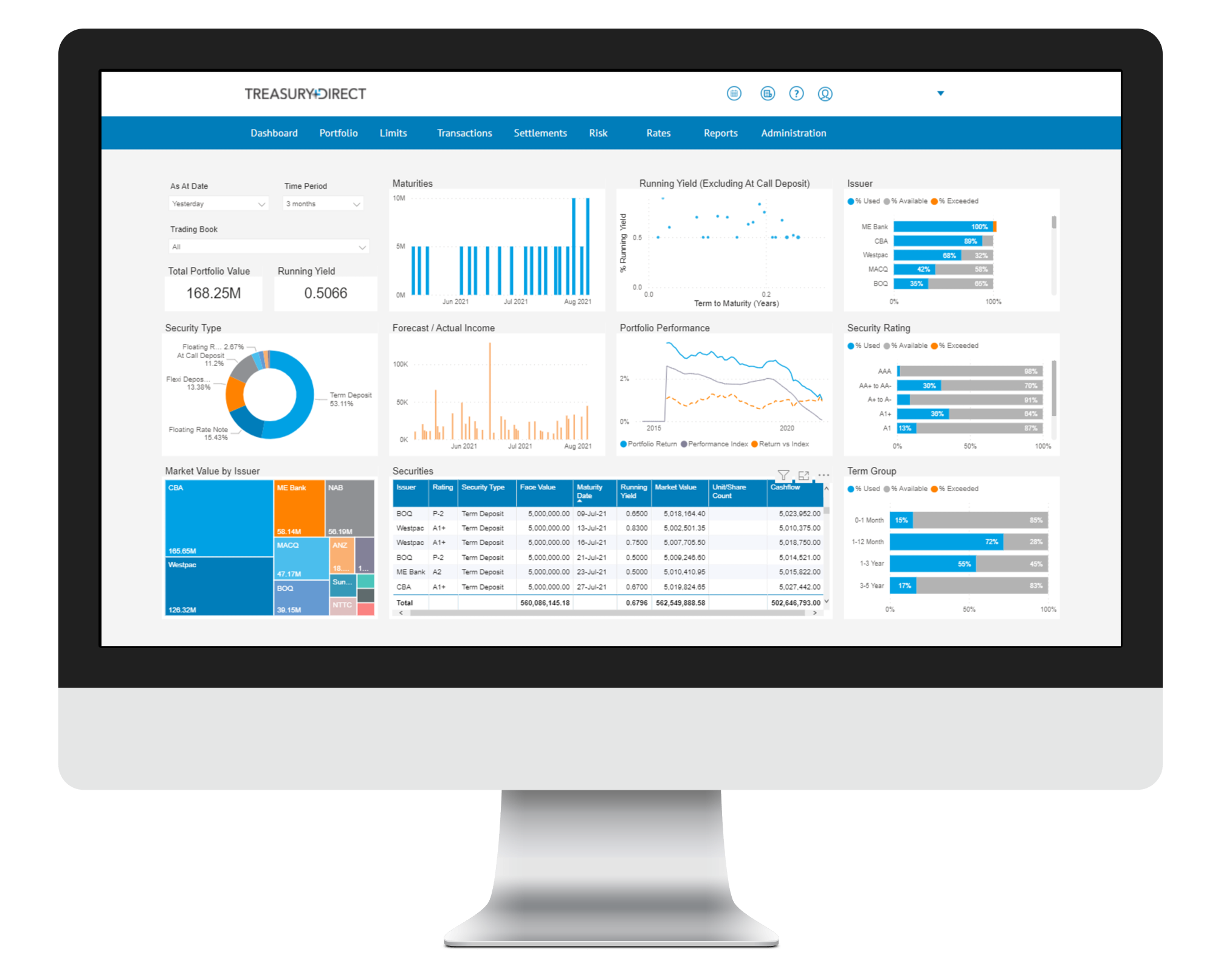Markets Overview
- ASX SPI 200 futures up 1.0% to 8,042.00
- Dow Average up 1.2% to 40,829.59
- Aussie down 0.2% to 0.6660 per US$
- US 10-year yield little changed at 3.6985%
- Australia 3-year bond yield rose 4.9 bps to 3.55%
- Australia 10-year bond yield rose 7.3 bps to 3.95%
- Gold spot up 0.4% to $2,506.17
- Brent futures up 1.3% to $71.95/bbl
Economic Events
- 10:30: (AU) Sept. Westpac Consumer Conf SA MoM, prior 2.8%
- 10:30: (AU) Sept. Westpac Consumer Conf Index, prior 85.0
- 11:00: (AU) Australia to Sell A$100M 0.75% 2027 Inflation-Linked Bonds
- 11:30: (AU) Aug. NAB Business Confidence, prior 1
- 11:30: (AU) Aug. NAB Business Conditions, prior 6
Asian stocks were set to track a rebound on Wall Street fueled by renewed dip-buying ahead of inflation data due later this week that may give clues on the size of Federal Reserve rate cuts.
Futures pointed to Sydney’s benchmark climbing about 1%, with smaller gains in Tokyo and Hong Kong, in a reprieve from the September selloff triggered by concerns of a global economic slowdown. The S&P 500 rose 1.2% after its worst start to the month on record, according to Bespoke Investment Group data going back to 1953. US equity futures edged higher early Tuesday.
Nvidia Corp. and Tesla Inc. led gains in megacaps. Apple Inc. introduced the iPhone 16, with Chief Executive Officer Tim Cook saying it was built for artificial intelligence “from the ground up.” The shares closed little changed after an almost 2% slump.
Treasuries saw mild moves, with traders paring the chance of a half-point rate reduction at the Fed’s upcoming September meeting to about 20% from as high as 50% last week. At the same time, some options traders wagered on an increase in the amount of Fed easing expected by December or March.
The S&P 500 closed near 5,471. The Nasdaq 100 gained 1.3%. The Dow Jones Industrial Average added 1.2%. The Russell 2000 rose 0.3%. Boeing Co. rallied 3.4% on optimism that a labor deal will avert a strike. Alphabet Inc. sank 1.7%. In late hours, Oracle Corp. climbed on better-than-estimated results.
Other News
Two of Australia’s biggest pension funds are the latest to ramp up investments related to the consequences of climate change.
Rest Super, a fund with A$80 billion ($54 billion) under management, has put about A$200 million over the last two years into securities linked to insuring against natural disasters. Rival Hostplus invested in a similar strategy earlier this year.
The two funds are joining larger peers Colonial First State and Insignia Financial which are investing in catastrophe reinsurance. Australia’s pension funds are hunting for fresh investments for the more than A$2 billion of inflows they rake in each week.
Natural catastrophe reinsurance covers a range of financial products, including bonds that reward buyers for taking on insurance market risk linked to natural disasters such as hurricanes, wildfires and earthquakes. If catastrophe strikes, bondholders pay out. If it doesn’t, they stand to reap outsized returns.
Catastrophe bonds, which are issued by insurers, reinsurers and governments seeking an extra layer of disaster coverage, have been handing investors double-digit returns. Still, the strategy is facing scrutiny amid concerns about the high bar for payouts.
The trigger for paying out a catastrophe bond, known as an attachment point, is crucial for determining whether to invest, according to Marina Pasika, Rest’s head of growth alternatives.
“A couple of years ago, insurance companies could easily issue catastrophe bonds or other ILS instruments with fairly low attachment point,” said Pasika. “Those attachment points to deliver on those bonds have really gone up in the last year or two.”
Hostplus is investing in quota shares, a type of reinsurance product where premiums and losses are shared according to a fixed percentage, according to Deputy Chief Investment Officer Con Michalakis.
“They’ve done very well,” he said of the investment made earlier this year, as a shortage of capital had made the market very attractive for institutional investors.
Natural catastrophes caused about $62 billion of insured losses in the first half of 2024 — roughly 70% above the 10-year average — as extreme wildfires, droughts and floods upend historical norms.
(Bloomberg)

